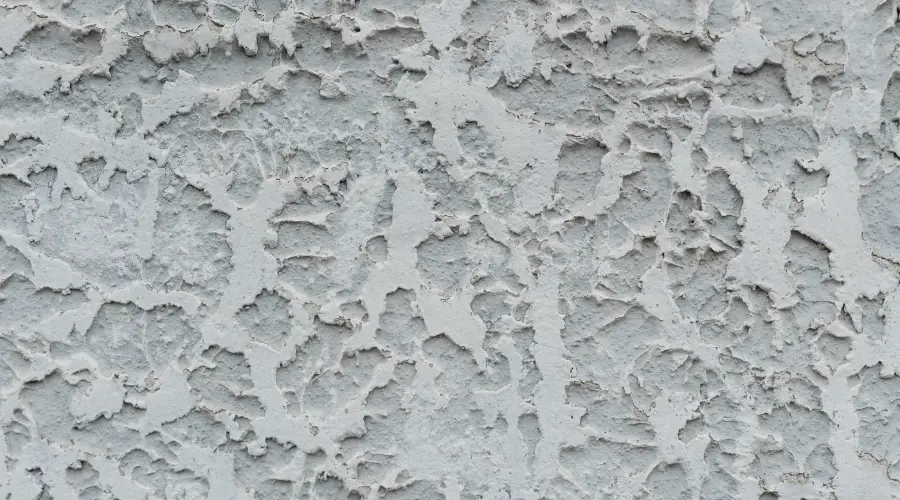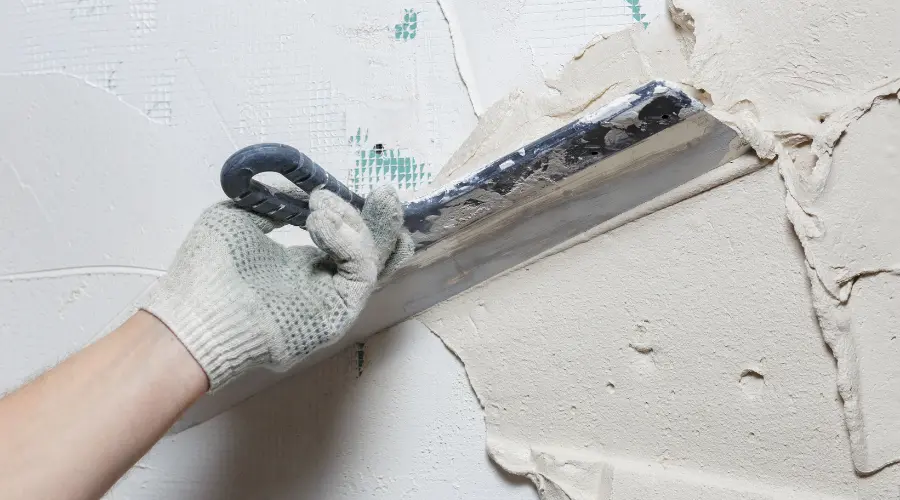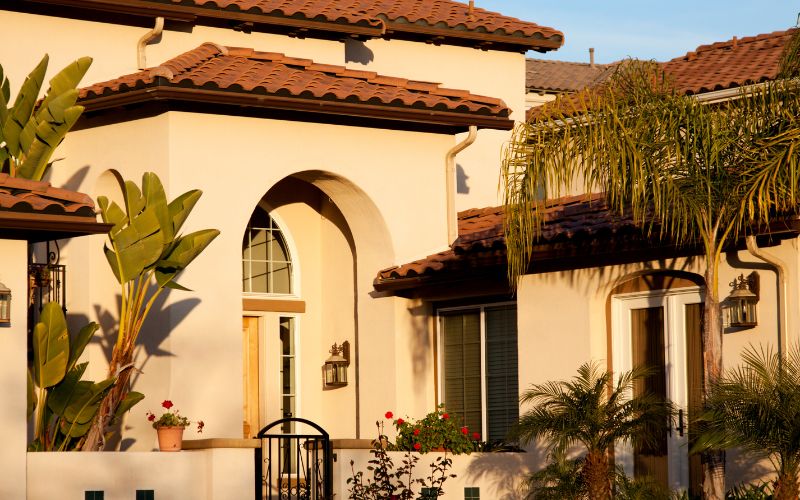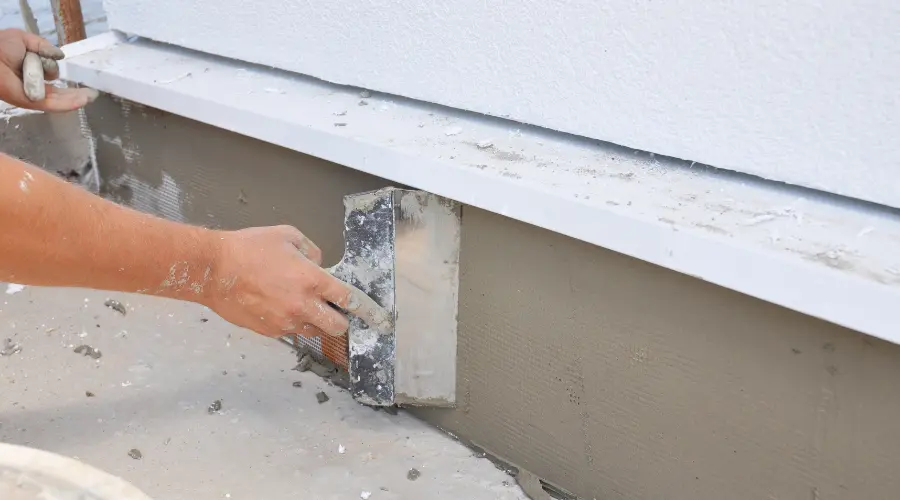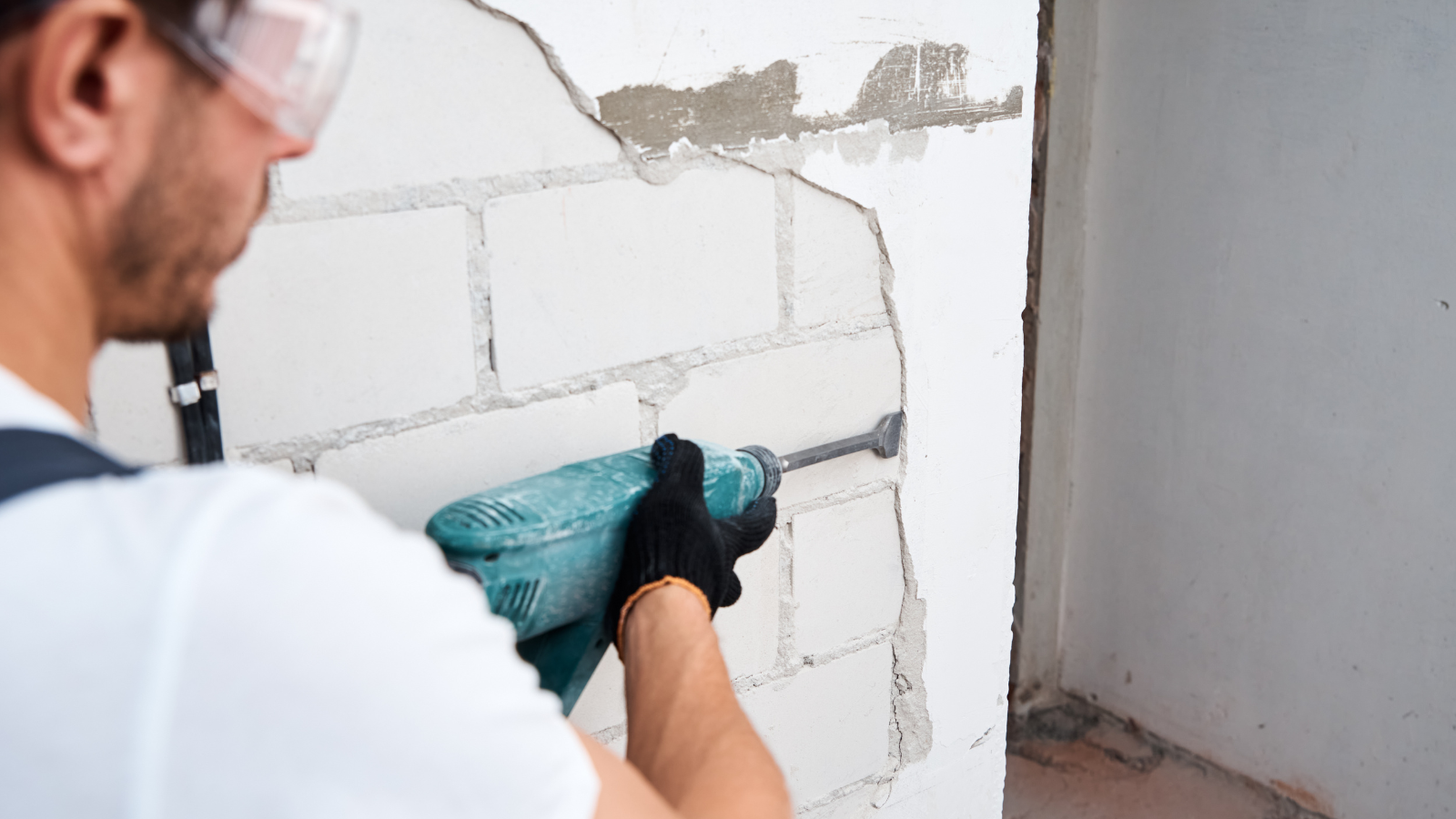Stucco cracks are a common concern for Edison homeowners, but ignoring them can lead to bigger problems like water damage, mold growth, and structural issues. Knowing when and how to repair these cracks is vital for maintaining your property’s value and longevity. Whether you’re dealing with minor imperfections or more extensive damage, this guide will help you understand the types of cracks, repair options, and preventive measures.
Why Repairing Stucco Cracks Promptly Is Crucial
Even small stucco cracks can have significant consequences if left unaddressed:
- Prevent Escalation: Minor cracks can expand over time, increasing repair costs.
- Waterproofing Protection: Cracks let water seep behind the stucco, leading to mold and decay.
- Maintain Curb Appeal: Timely repairs keep your property looking its best.
Types of Stucco Cracks and What They Mean
1. Hairline Cracks
- Description: Thin, less than 1/16 inch wide.
- Causes: Commonly occur in newer homes due to settling or minor foundation shifts.
- Solution: Easily repaired with acrylic caulk for a seamless finish.
2. Foam Trim Cracks
- Description: Found along decorative foam trims.
- Causes: Lack of fiberglass mesh reinforcement during installation.
- Solution: Reinforce with fiberglass mesh and stucco-compatible patching materials.
3. Spider Cracks
- Description: Web-like patterns across stucco surfaces.
- Causes: Poor curing of the base coat or excess water in the mix.
- Solution: Reapply the base coat and resolve application issues.
4. Pattern Cracks
- Description: Horizontal and vertical grid-like cracks.
- Causes: Improperly fastened lath beneath the stucco.
- Solution: Replace the lath and apply a new stucco layer.
5. Diagonal Cracks
- Description: Cracks running diagonally near windows or doors.
- Causes: Foundation settling or seismic activity.
- Solution: Fix underlying foundation issues before repairing the stucco.
How to Repair Stucco Cracks
DIY Repairs for Minor Cracks
For small cracks, DIY methods are simple and effective:
- Clean the Crack: Remove dirt and debris with a wire brush.
- Expand Slightly: Widen the crack slightly (up to 1/4 inch) to ensure proper adhesion.
- Fill with Acrylic Caulk: Use a caulk gun to apply an even bead.
- Dry and Paint: Let it dry for 24 hours, then paint with a matching exterior paint.
Professional Repairs for Complex Cracks
Larger cracks or those indicating structural issues require expert intervention:
- Lath Repairs: Replace damaged lath and reseal the stucco.
- Foundation Fixes: Address foundation issues before repairing the stucco surface.
- Re-stuccoing: Professionals reapply a new stucco layer for a flawless finish.
Preventing Stucco Cracks in the Future
1. Quality Installation
- Install a water-resistant barrier beneath the stucco.
- Ensure properly fitted lath and control joints to handle stress.
2. Routine Inspections
- Check for cracks after extreme weather or seismic activity.
- Address small cracks before they worsen.
3. Professional Maintenance
- Schedule periodic stucco inspections.
- Consider applying an elastomeric finish for added flexibility and crack resistance.
FAQs About Stucco Cracks
Q1: Are all stucco cracks serious?
Not always. Hairline cracks are typically cosmetic, while diagonal or patterned cracks may indicate deeper issues.
Q2: Can I just paint over cracks?
No. Painting over cracks doesn’t resolve underlying problems. Always fill cracks with the proper material before painting.
Q3: How long does a stucco repair last?
With proper repair and maintenance, stucco repairs can last decades.
Q4: What causes stucco cracks?
Temperature changes, improper installation, and settling foundations are common culprits.
Q5: Should stucco be reinforced in earthquake-prone areas?
Yes. Reinforced stucco with control joints performs better during seismic activity.
Protect Your Home with Expert Stucco Care
Promptly addressing stucco cracks not only prevents costly damage but also extends the lifespan of your walls. While small cracks can be managed with DIY techniques, professional help is essential for larger or more severe issues.
At CMB Edison Stucco & EIFS Repair, we specialize in restoring stucco surfaces to their best condition. Contact us today for expert advice and long-lasting solutions tailored to your needs. Keep your stucco strong, beautiful, and crack-free for years to come!

